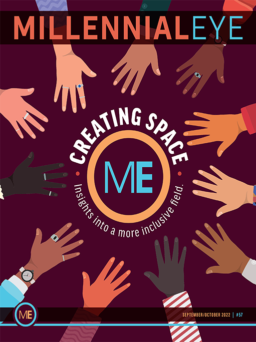There has been a slow proliferation of paperwork that we insist our new patients fill out and sign as part of their new patient registration with our practice. In the past decade, my first-time patients have always filled out four basic forms. But in recent years, I’ve noticed a dramatic increase of intake forms, both in my practice and that of my colleagues.
STANDARD FORMS
Here are the “historical” required standard forms that we all use:
Assignment of insurance benefits. This basically allows us to bill and accept payment directly from the patient’s insurance company or Medicare.
Patient demographic form. This has remained unchanged for years—except for more recent additions asking for the patient’s email address and perhaps desired method of future office communications (ie, text message, email, or phone).
Notice of privacy practices. In 2003, HIPAA mandated that all providers have their privacy practice’s available to patients. Patients acknowledge that with their signature.
Clinical history and health information. In some offices, this form can be up to four pages long; I’ve consolidated mine to one page of essentials.
RECENT FORMS
Below are the more recent forms that are cropping up. They generally fall into the categories of additional consents, disclosures, and questionnaires.
Refraction Fee Policy. I would venture to say that most practices have added this form describing what a refraction is and explaining that it is a noncovered service and that fees will be collected directly by the provider. Usually a patient signature is requested.
• Diagnostic service fees (such as an optional cataract refractive package);
• No show fees;
• Fees for filling out forms; and
• A request for a credit card on file for unpaid balances.
I haven’t gone that far yet, although more and more physicians are opting to.
Consent to Dilate. A number of doctors have the patient sign this consent before placing dilating drops. Surely this is to absolve the doctor from difficulties patients may have with driving or functioning immediately after their visit, not to mention angle closure. (view PDF)
I haven’t incorporated this consent and don’t plan to. There are too many other minute risks, such as corneal abrasion from tonometry or allergic reaction to eye drops, that are unrealistic to list. Will I regret not having this form one day?
Questionnaires. As our diagnostic tests for dry eye and evaluation of the ocular surface have improved, it is frequently important for us to perform diagnostic tests on “untouched” eyes. Due to the nature of our workflow, whereby techs typically instill diagnostic eye drops, many practices include a screening questionnaire on dry eye symptoms to all patients. Once the office staff has determined there’s a problem, dry eye testing (whether osmolarity, lipid interferometry, or other imaging) can be done before any drops are used, saving the patient an office visit.
Dry eye questionnaires include:
• OSDI screening test (view PDF)
• SPEED II questionnaire (view PDF)
Some questionnaires are specific to the type of patient visit, such as a cataract or LASIK consult. Many surgeons include one of the following questionnaires for their cataract patients:
• Cataract vision impairment questionnaire, such as the VF14 to quantify functional impairment
• Lifestyle or visual preference questionnaire, to help elucidate preferences for premium IOLs (view PDF)
OTHER INTERESTING DISCLOSURE FORMS
Generic vs. brand. A few MDs feel strongly about the costs and benefits of brands over generic eye drops (or in some cases the other way around). We are all frustrated by pharmacy callbacks and patient frustration with eye drop coverage and costs. One doctor explicitly describes his preference for brand name eye drops for cataract surgery and has patients sign a waiver if they elect to choose a generic. (view PDF)Notice of Industry Relationships. With the impending release of physician payment from industry (under the Sunshine Act), some of my colleagues have discussed disclosing their relationships to their patients upfront and having them sign off on it.
SUMMARY
What we can see from this trend is that physicians are simply trying to keep up with today’s evolving regulatory, legal, and economic health care environment. I think that most (if not all) of these forms, policies, disclosures, and questionnaires should reside on the practice website. Some can be filled out in advance (or electronically via a patient portal). Others perhaps should be online only under a “Your Visit” tab (such as financial policy, risks of dilation, etc.).




